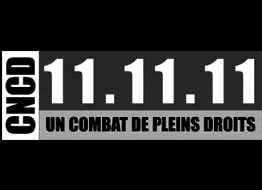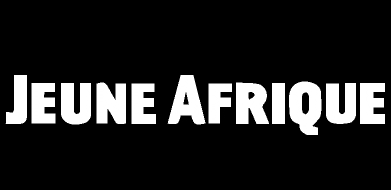US/Mexico
Together, despite their physical and cultural barriers, Valeria and Fidel decided to co-direct short documentaries about the human consequences of the US/Mexico wall along Nogales, Arizona.
Valeria Fernandez (US)
- Age 36
- Sex Female
- Nationality American, Uruguyan, Italian
- Location Phoenix
- Languages Spanish, English, Italian
"I have lived in Arizona for the last 15 years. I have written about its construction and destruction. I have written about bullets coming through its bars and killing people. I have seen the places where there’s almost no wall at all and the places were the wall takes a shape in people, desert and death. I want to share what I came to learn, but I want to learn as well from the international teams that will be part of this connection. There’s something powerful when you connect the dots and realize the costs of our divisions and the similarities of our walls, which are not only meant to keep people out, but they also serve to fence people in."
Date of Construction
Since 1994
Length
Around 2000 km
Field Staff
21.000 border patrol agents
Used Materials
Wire fence, corrugated iron, barbed wire
Concerned populations
Mexicans, Latin-Americans, US citizens
US/Mexico
Drawn between 1830 and 1860, the new boundary between Mexico and the U.S. saw Mexico lose some 2 million km2 of its national territory. Naturally, since the end of the 19th century, Mexican peasants started offering manual labor, first to the extensive California farms and then, since the 1920s, to the emerging American industries. This is how a real entity, a third country, the Tercera Nación, was constituted along the boundary between the United States and Mexico. In this "Mexamerica" buffer zone with 13 million inhabitants, people are alike and their lifestyles intersect. However, since 1965, bilateral agreements ceased, thereby prohibiting the in-and-out movement of Mexican seasonal workers and rendering illegal thousands of migrants from Mexico.
As NAFTA (North American Free Trade Agreement) came into force in 1994 (aimed at eliminating barriers and facilitating cross-border trade in goods and service), the United States unilaterally decided to reinforce their border security, to apprehend illegal immigrants and to prevent the free movement of people. For Mexico, this border wall is an American problem. No public fundings from Mexico have been engaged to protect the border. Against the backdrop of the post-September 11 2001 trauma, surveillance was further increased. Measuring around 2000 km (the total border measures 3145km), the wall is now not only crossing the Arizona desert, but it is also following the Rio Grande banks.
Fidel Enriquez (Mexico)
- Age 34
- Sex Male
- Nationality Mexican
- Location Mexico City, DF
- Languages Spanish, English
"I like to think on what unite us beyond the borders, and this project has to do with the fact that there’s a wall, but there’s also human beings on both sides. It’s absurd to separate people and cage them with bars. Walls exclude. I grew up in between two cultures, Mexico and Cuba, coming and going from one place to the other. I like the idea of not being isolated, being able to flow from one culture and into another. We have to lay bridges between cultures, but not think that one culture has to cancel the other. Within this subject matter, I’m interested in portraying stories of people that struggle to overcome those obstacles. In this age, we live in an audiovisual world. To borrow from Russian filmmaker Andrei Tarkovsky we are sculpting in time. That’s why I’m drawn to documentaries. This is a way to show people things that due to their own routine or reality they otherwise wouldn’t be close to.."















